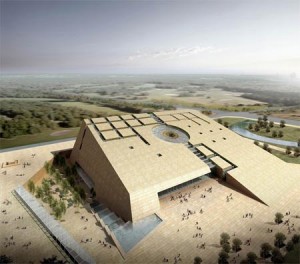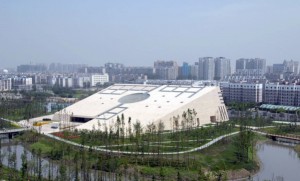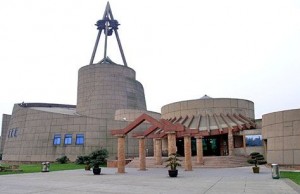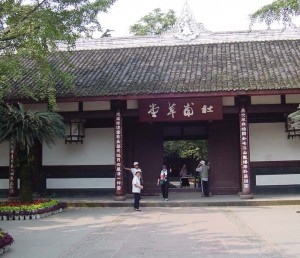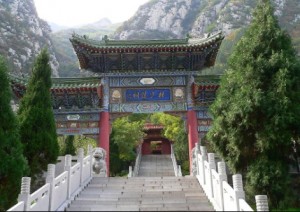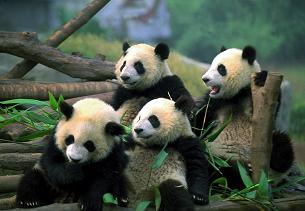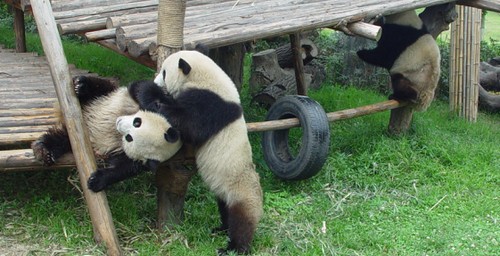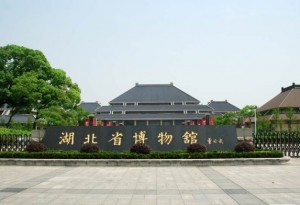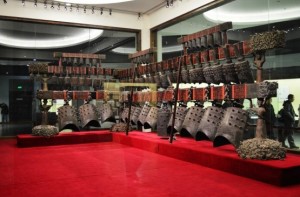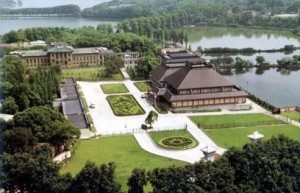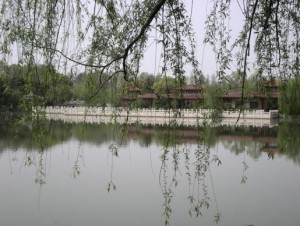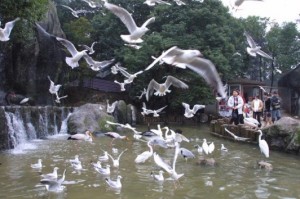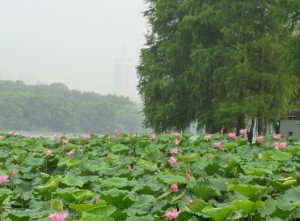Emei Mountain, located in the Emei city of Sichuan province in the southwest of Sichuan basin with 7 kilometers away from the Emei city center in the west and 37 kilometers away from the Leshan city center in the east, covers an area of 154 square kilometers, whose peak is 3,099 meters above the sea level. Featuring the steep terrain and the beautiful scenery, the Emei Mountain enjoys the reputation of “ Top Mountain under Heaven.” The climate there is various and the vegetation is rich with a total number of more than 3,000 plants, among which including some rare tree species in the world. There are also many Monkey Folk along the mountain path, which often in droves to tourists to beg for food, and this is one main unique feature of the Emei Mountain.
Emei Mountain is one of the four great Buddhist mountains in China and also an AAAAA level scenic spot in China, and the Leshan Giant Buddha of the Emei Mountain has been listed in the list of World Heritage Sites by UNESCO as both cultural and natural heritage in 6th, December 1996.
The Emei Mountain is a famous scenic spot that has attracted numerous travelers from home and abroad. It is characterized by grandness, elegance, miraculousness and spectacularity and profound Buddhist culture. It is also famous for its foggy weather as it is always curled up by the cloud and mist all the year round and they are permeated among the mountain with various shapes to make the Emei Mountain very pretty and charming.
Travel information: 1) Opening time: 6:00a.m. -18:30p.m. during the peak season from 16th January to 14th December and 7:00 a.m. -17:50 p.m. during the slack season from the 15th December to 15th January. 2) Ticket price: 185 RMB/ adult in peak season and 110 RMB/ adult in slack season. 3) Duration: 3 days. 4) Best time to visit: spring time and autumn time as the climate is moderate and the scenery is charming. 5) Best time to appreciate the sunrise is the 5:45 a.m. in summer and 6:50 a.m. in winter; appreciate the sea of clouds and the Light of Buddha in 9:00-10:00 in the morning and 3:00-4:00 in the afternoon; appreciate the rhododendron in the end of April to May and the red autumnal leaves in October; Play with snow and go skiing in November to March.



